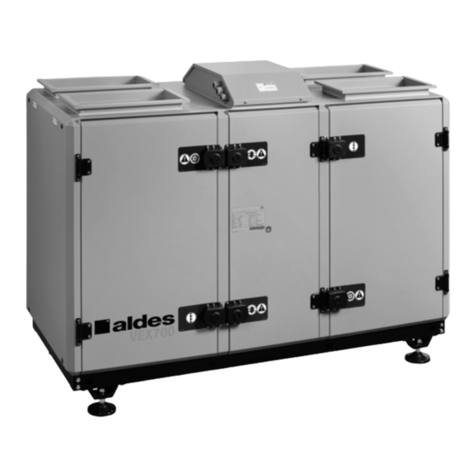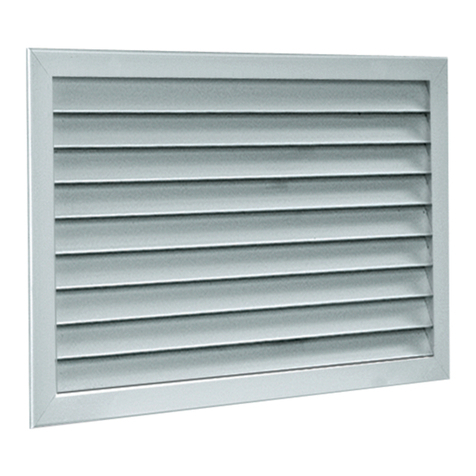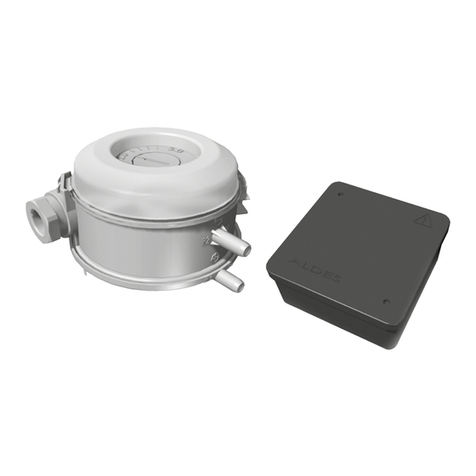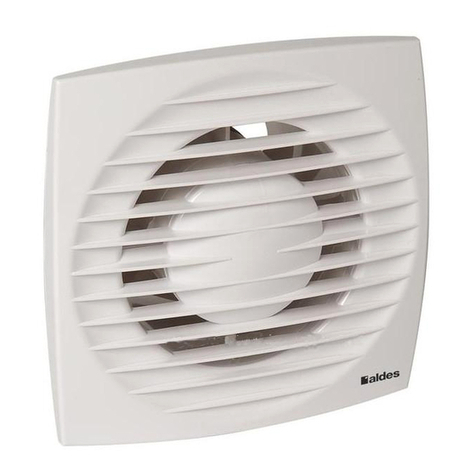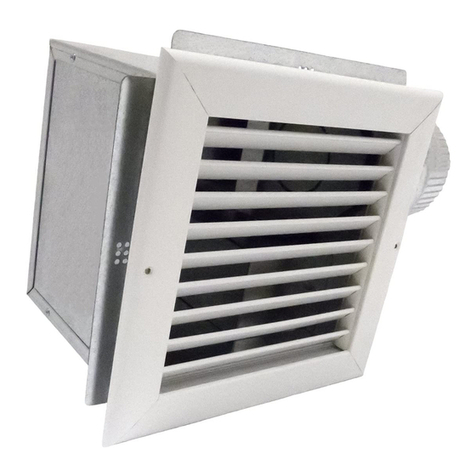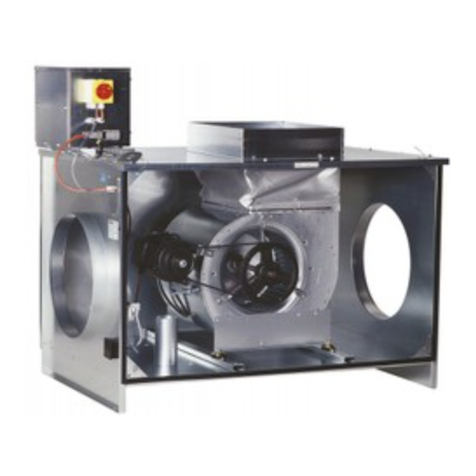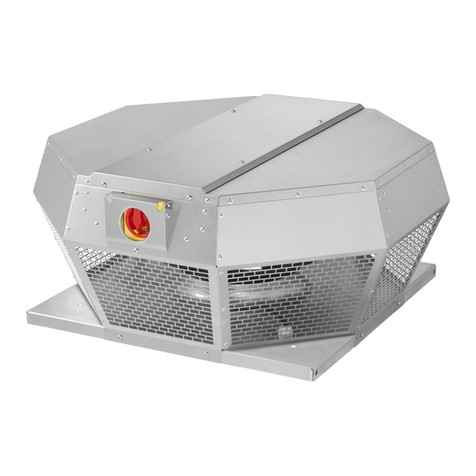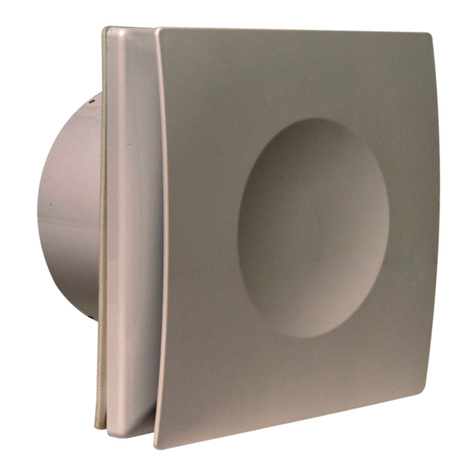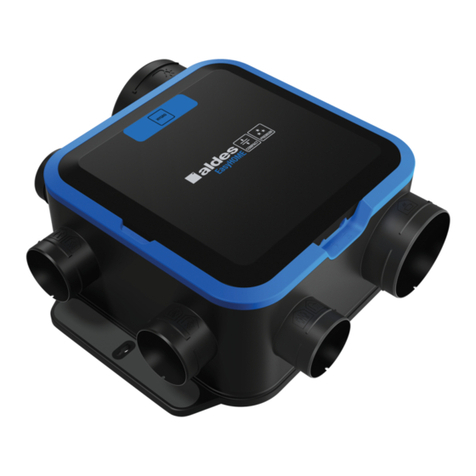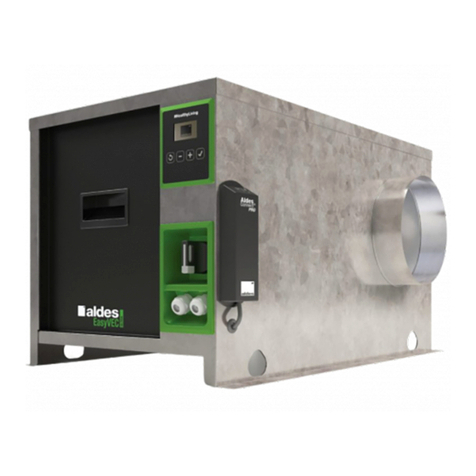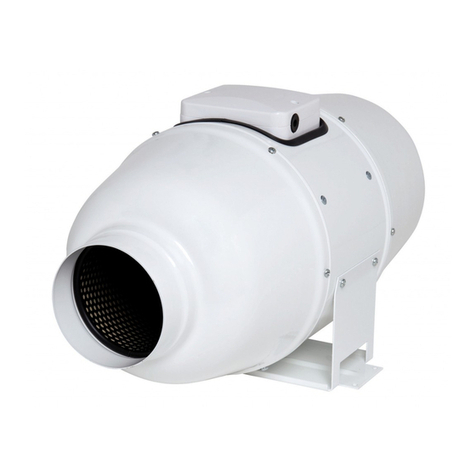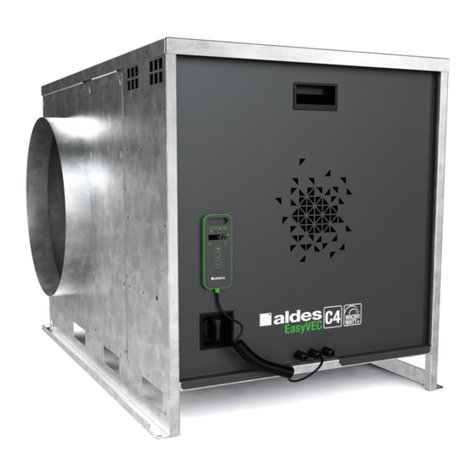
4
CARACTERISTIQUES TECHNIQUES
Consommation électrique moyenne motorisation microwatt
Consommation électrique moyenne motorisation standard
Précaution de montage
un professionnel selon les règles de la norme
NF C 15-100 ou selon les normes en vigueur dans
le pays d’installation. Prévoir un dispositif
de séparation des contacts ayant une distance
d’ouverture d’au moins 3 mm sur chaque pôle.
que par l’intermédiaire d’un câble souple
qui sera de section au moins égale à celle
du H05VV-F ou H05RR-F.
-
tion, celui-ci devra être remplacé par un
professionnel par un câble de même référence
en respectant les règles de la NF C 15-100.
Précaution de mise en route
ainsi que le refoulement et la prise d’air neuf,
devront être raccordés.
d’aspiration ou d’insufflation.
Précaution d’installation
cheminée, poêle à bois ou appareil de chauffage
similaire, se reporter à la norme en vigueur dans
le pays d’installation.
INSTRUCTION DE SECURITE
Débit (m3/h) 90 105 120 135 150 165 180 195
Puissance absorbée (W-Th-C)* 30,14 34,19 38,87 44,96 52,45 61,35 71,66 83,37
Débit (m3/h) 90 120 135 150 165 180
Puissance absorbée (W-Th-C)* 121 131 135 138 140 150
Couper l’alimentation
électrique avant toute
opération et s’assurer
que le caisson ne peut
pas être mis en route
accidentellement.
Ne pas manipuler
le boitier électrique
lorsque le caisson
est en fonctionnement.
La VMC doit fonctionner 24h / 24h
Construction caisson motorisation
électronique 3 vitesses d’utilisation sur roulement à billes
avec protection thermique
d’utilisation avec protection thermique
Construction caisson échangeur
Raccordement aéraulique
Dimensions et poids
Domaine d’emploi
Le système Dee Fly convient jusqu’à 7 sanitaires
(toute pièce équipée d’un point d’eau hors cuisine)
avec au minimum 1 salle de bain et 1 WC.
Températures limites d’utilisation
Température du local d’installation : 0°C/50°C. Pour un rendement
optimum, l’échangeur doit être placé dans le volume chauffé.
Température d’air neuf ou extrait : -7°C/45°C (-5°C/45°C pour
système Dee Fly standard)
Alimentation
Monophasé 230V – 50 Hz
Protection électrique
2A (10A si accessoire batterie électrique déportée)
5
PRÉPARATION DE L’INSTALLATION
Piquages
Pour éviter tout risque de nuisance lié à la transmission des bruits
solidiens, il est impératif d’effectuer le raccordement au caisson
motorisation à l’aide de liaisons souples : manchettes souples
ou gaines souples.
Pour l’accès aux appareils pour maintenance ou remplacement,
il est indispensable de prévoir des trappes d’accès aux appareils
ou au local technique aux dimensions suffisantes.
Pour faciliter la fixation des gaines souples circulaires et assurer une
bonne étanchéité du réseau, chaque piquage est équipé d’un raccord
que ces conduits sont en volume non chauffé (instruction de montage
voir page 13).
Fixez le conduit intérieur
sur le piquage à l’aide
d’un collier.
Ramenez l’isolant et le conduit extérieur
et le serrez avec le collier de fixation
Vérifiez la bonne tenue et la bonne
étanchéité du conduit.
Air neuf
Rejet d’air
Insufflation
Extraction
Précautions d’installation des conduits souples isolés :
* puissance consommée moyenne avec 1h par jour en grand débit cuisine
FR
